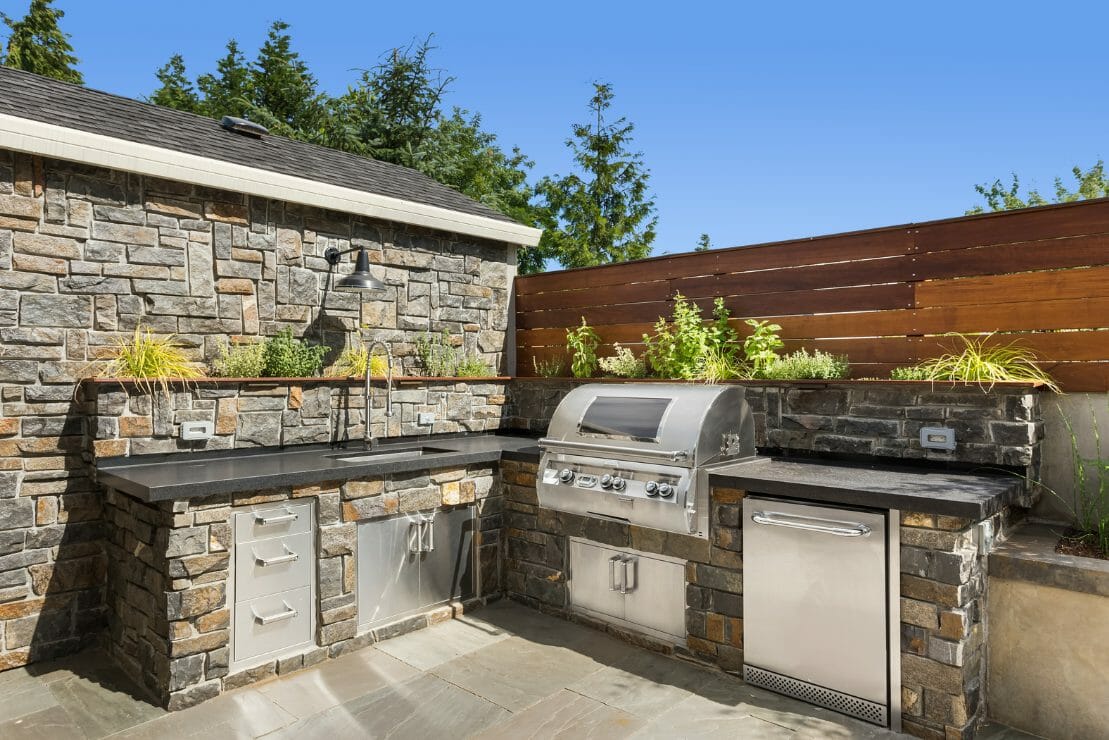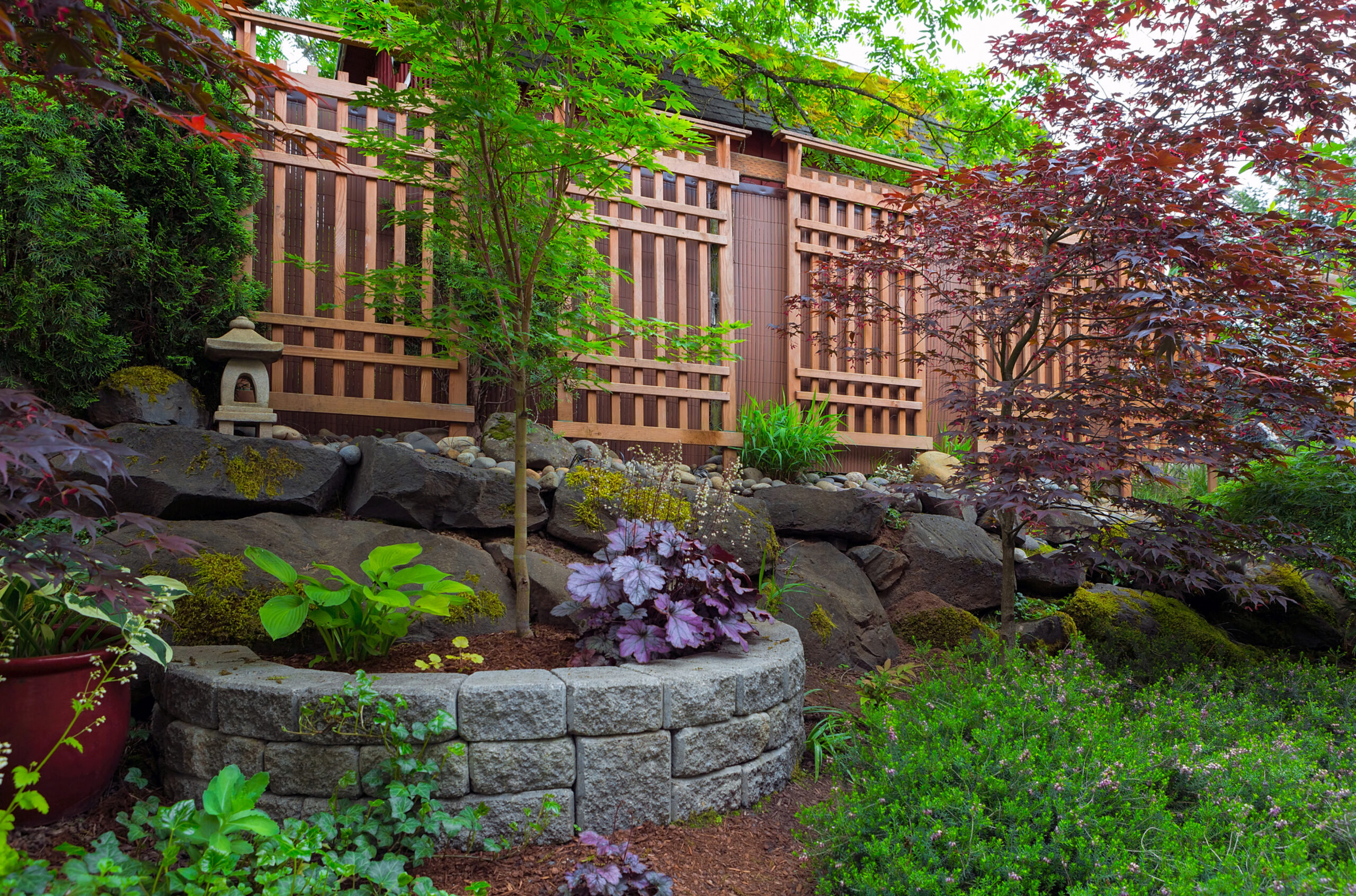
Published in:
Landscaping
Common Yard Drainage Problems and How to Solve Them
Does your yard look like a swamp? Homeowners deal with faulty yard drainage systems more often than you might think. Poor water drainage can cause a plethora of problems that affect your landscape and home.
But, solving drainage issues is easy if you know the causes and signs of excess water in your yard.




